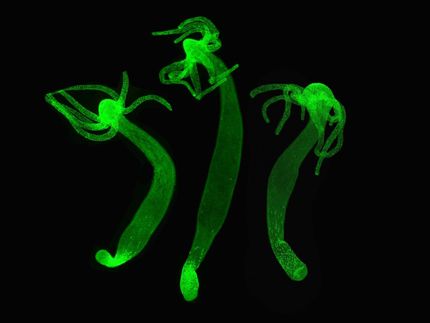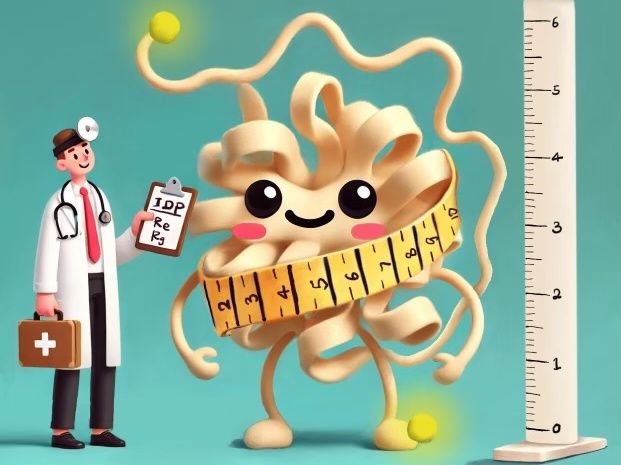Fin Regenerative Capability Abates During Aging
Regenerative processes are the reason why wounds can heal and injured tissues can regrow. Some flatworms, salamanders and fishes even have the ability to completely rebuild whole bodily parts. In contrast, the regenerative capability of humans is quite limited and decreases upon aging. Researchers from the Leibniz Institute for Age Research (FLI) in Jena, Germany now found that also in the short-lived killifish Nothobranchius furzeri, the regenerative capability to rebuild its caudal fin heavily lessens in old age.
Many animals are able to completely rebuild functional, identical and complex bodily parts after injury or loss. Flatworms for example have the astonishing capability to rebuild a complete organism from only one part of their tail or head. Zebrafish can renew their caudal fins, and newts may rebuild whole legs within few months.
However, these are self-healing powers humans can only dream of. Only few tissues and organs in the human body are able to regenerate continuously, as the intestinal mucosa, the blood, the skeletal muscle, the liver or skin. With growing age, these limited capabilities even further diminish. It is in the focus of many current research projects to answer why and how this abatement occurs in age.
Researchers from the Leibniz Institute for Age Research – Fritz Lipmann Institute (FLI) in Jena, Germany now – for the first time – observed the effects of aging on the regenerative capability of turquois killifish (Nothobranchius furzeri) across its whole lifespan. They studied how aging influences the caudal fin regeneration and which cells are responsible for aging-induced alterations of regenerative capacities of the fish. The study results were published in the renowned journal “Aging Cell”.
“To analyze regenerative processes, the rebuilding of caudal fins is one of the most common models”, Prof. Dr. Christoph Englert, group leader at FLI, explains. “For our studies, we work with N. furzeri, which is the most short-lived vertebrate, which can be kept in a laboratory environment. Due to its lifespan of not more than 14 months, we decided to establish N. furzeri as new animal model for biomedical research on aging.” For the present study, cohorts of male fish aged 8, 20, 36, and 50-60 weeks were employed.
Regeneration in older age
“With growing age, we could observe a continuous abatement of the regenerative capability of the animals“, Dr. Nils Hartmann, researcher in Englert’s laboratory at FLI, explains. “While younger fish were able to fully renew their fin within four weeks, very old fish could in the end only rebuild half of it”. Already after three days, these differences in the rates of fin regrowth very statistically significant. “The results highlight the huge regenerative advantage younger fishes have compared to the elderly.”
What we can learn from the fish
In younger fin tissues, a high amount of proliferating cells were present, whereas in older fish, more dying (apoptotic) cells were found. The higher number of proliferating cells in younger fish results in a more active cell division, which could be the reason for the age-dependent regenerative differences.
These findings help to better understand the regenerative processes in vertebrates and to, eventually, answer the question why humans have such a limited regenerative capability. Because: “Although the caudal fin seems to have little in common with human tissues, it consists of many cell types relevant for the human body: bone, neurons, muscles, skin and connective tissue. Of course, research is still in the beginning. But through the establishment of this regeneration model, we will be able to learn more about cells and factors responsible for the abating regeneration in age. With N. furzeri, we are hopefully able to someday explain and improve the regenerative capability of humans”, the researchers sum up.























































